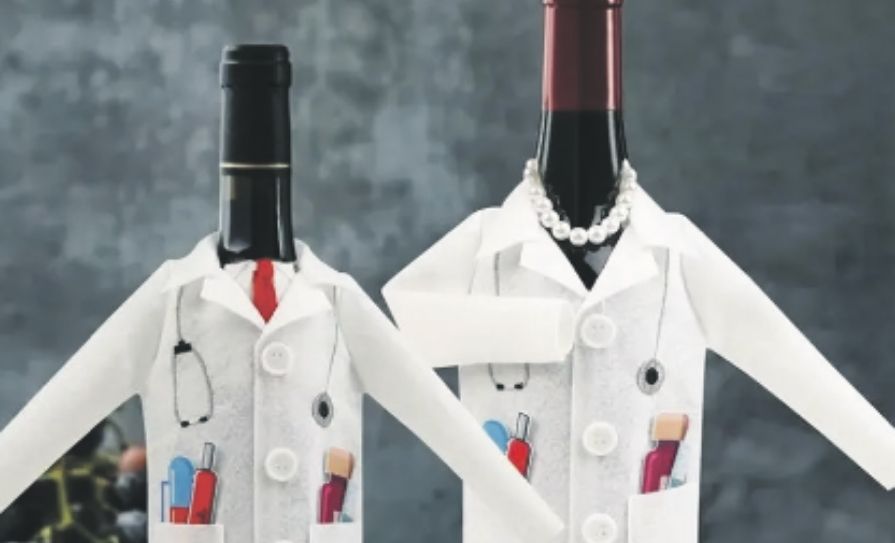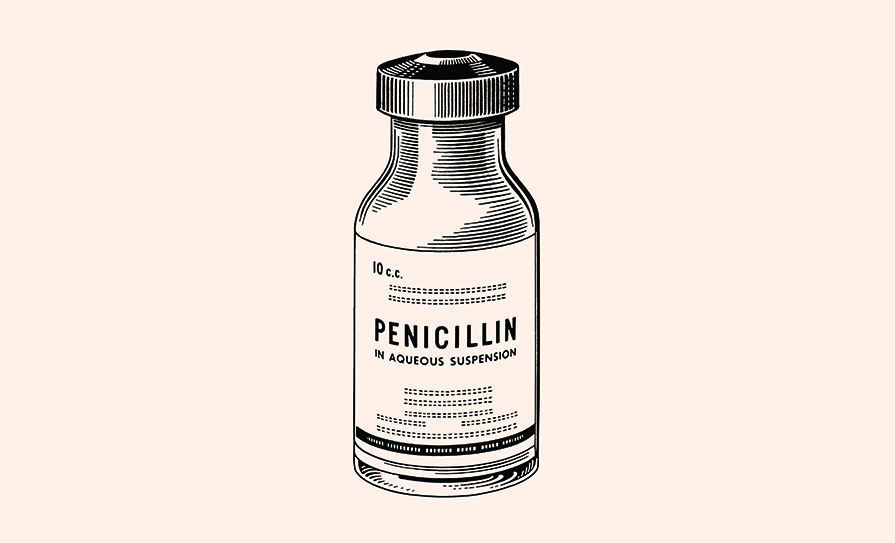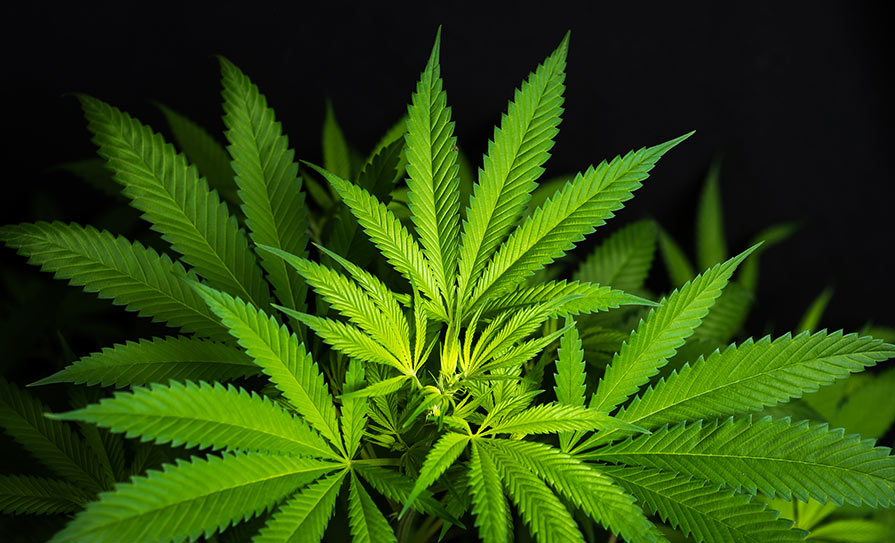Recent Dorsal Views have focused on issues of gravity such as undetected harmful blue light, breakthroughs in cardiac scanning, and cognitive decline. For this issue, we’ll keep it light with a bite-sized round-up in the offbeat vein.
A number of doctors have done fascinating and informative work on the International Space Station (ISS). Like most people, they may have assumed that the environment aboard this miracle of technology would be sterile and virtually germ-free, but a first-of-its-kind study suggests otherwise.
A dust sample from air filters in the ISS has shown levels of organic contaminants that are above the median values found in US and western European homes. The air in the ISS is recirculated on a constant basis every eight-to-10 hours, and CO2 and gaseous trace contaminants are removed. So where is all this dirt coming from?
The researchers studied the ‘space dust’ from the ISS and found materials related to fire safety and electronic equipment, foams, building equipment, and hydrocarbon fuels used in combustion, among other pollutants. In addition, high levels of ionising radiation can speed-up the breakdown of plastics into nanoplastics and microplastics, which then become airborne in the microgravity of the ISS.
The researchers say they hope their work will inform future spacecraft design. If Elon wants to send us to Mars, he will need to be all over this. The study was published recently in Environmental Science and Technology Letters.
Tale of the unexpected
In terms of a differential diagnosis, this one comes straight from left-field.
A 64-year-old woman in New South Wales, Australia, presented to a Canberra hospital a couple of months ago, reporting forgetfulness and depression, diarrhoea, abdominal pain, fever, dry cough, and night sweats.
There are a number of potential diagnostic rabbit holes there, but it was the forgetfulness and depression that prompted scheduling of an MRI scan, which was deemed suspicious and requiring surgery. What the surgeon did not expect to find was an 8cm-long parasitic roundworm in the woman’s brain, namely Ophidascaris robertsi.
Ophidascaris robertsi is a parasite normally found in pythons and this is the world’s first known case of it infecting humans. Therefore, extra care was taken to eliminate any larvae that may have invaded other parts of the body, such as the liver, so caution was employed in eradicating them without causing any unnecessary inflammation in the process.
While the woman had no direct contact with pythons, she lived near a lake area known to contain carpet pythons. She often collected native grasses to use in cooking, and doctors hypothesised that a python may have shed the larvae onto grass through its faeces. After the patient had picked the grass, there are a number of ways in which it could have entered her system.
The case was reported recently in Emerging Infectious Diseases.
A brush with disaster
A mention must go to the janitor who allegedly turned off a cold freezer in a research facility because it was making irritating beeping noises, thus destroying 25 years of research.
At time of writing, the case is ongoing, but it is alleged that, in 2020, a janitor working in the Rensselaer Polytechnic Institute in New York, US, switched off a freezer storage unit because he was annoyed by a constant beeping alarm. The super-cold freezer contained cell cultures, samples, and other materials stored at minus 112 degrees Fahrenheit.
However, when the freezer was switched off, the temperature rose to minus 25.6 degrees, destroying 25 years’ worth of research and leading to a $1 million lawsuit. There was also a sign on the lab freezer door which read, ‘No cleaning required in this area. You can press the alarm/test mute button for five-to-10 seconds if you would like to mute the sound,’ according to lawyers acting for the Institute.













Leave a Reply
You must be logged in to post a comment.